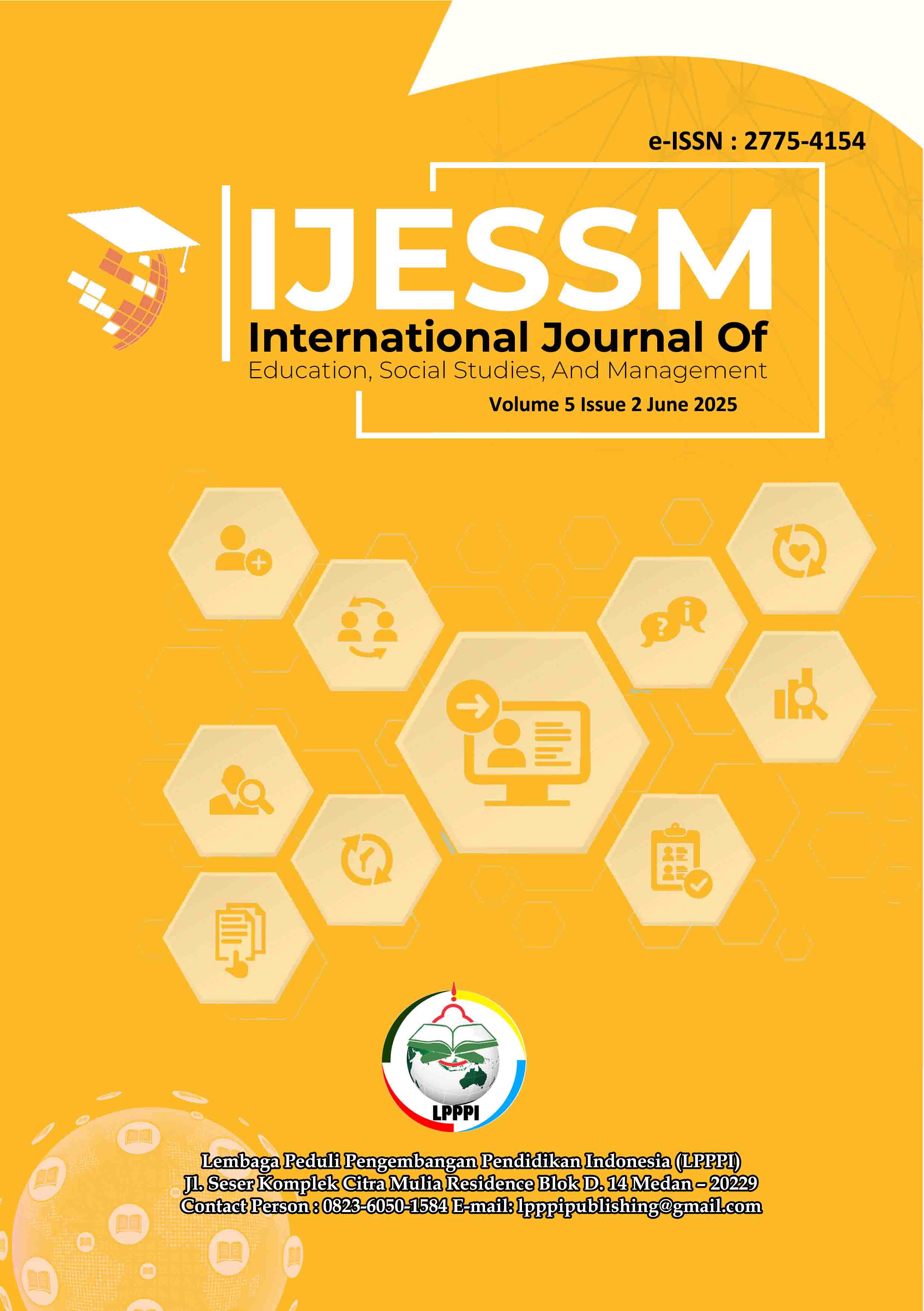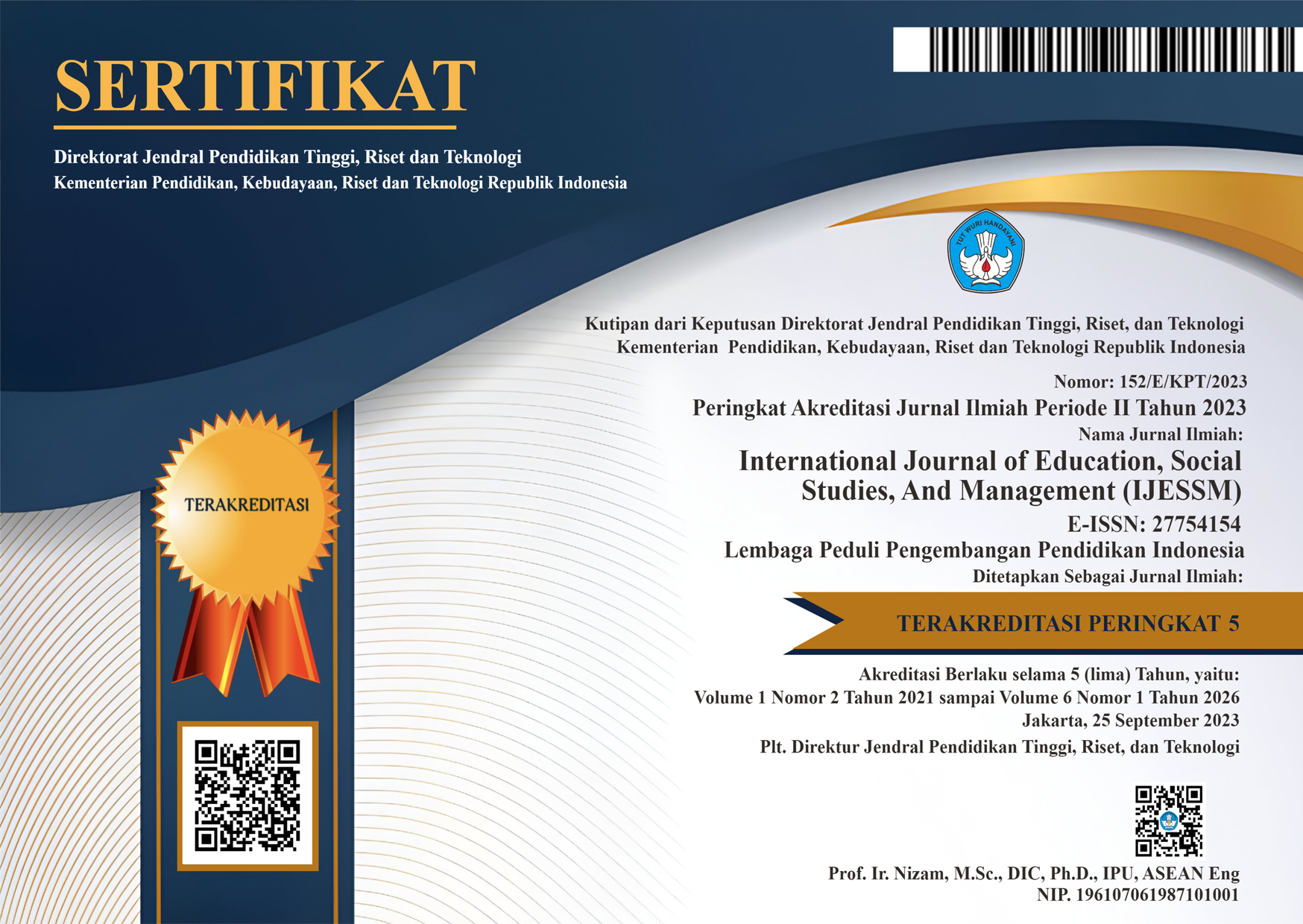Analysis of Financial Flexibility, Earning Volatility, and Asset Structure on Capital Structure in Infrastructure Companies Listed on the Indonesia Stock Exchange 2021–2024
DOI:
https://doi.org/10.52121/ijessm.v5i2.813Keywords:
Capital Structure, Financial Flexibility, Earnings Volatility, Asset Structure, Pecking Order TheoryAbstract
This study explores the impact of financial flexibility, earnings volatility, and asset structure on the capital structure of companies operating in the heavy construction and civil engineering subsector of Indonesia’s infrastructure industry, listed on the Indonesia Stock Exchange between 2021 and 2024. Employing panel data regression on 285 firm-year observations, the research identifies several critical insights. First, financial flexibility approximated by the ratio of retained earnings to total assets has a positive and statistically significant relationship with capital structure. This suggests that firms with greater internal financial strength tend to rely more on debt financing when additional funding is required, allowing them to respond efficiently to financial risks and investment opportunities in this capital-intensive environment. Second, earnings volatility, calculated as the standard deviation of return on assets (ROA), does not exhibit a significant influence on capital structure decisions. This outcome indicates that income variability does not markedly affect firms’ use of debt, likely due to their ability to manage unstable earnings through adaptive financial practices. Lastly, asset structure—measured by the proportion of fixed assets to total assets—also shows no significant correlation with capital structure. This result challenges the universal applicability of the pecking order theory, especially within industries characterized by high capital demands and unique risk profiles, such as heavy construction. The findings offer valuable insights by analyzing financial decision-making in a capital-intensive sector within a developing economy and highlight the potential need to reconsider traditional capital structure theories in specific industry contexts.
Downloads
Published
How to Cite
Issue
Section
License
Copyright (c) 2025 International Journal Of Education, Social Studies, And Management (IJESSM)

This work is licensed under a Creative Commons Attribution 4.0 International License.

















